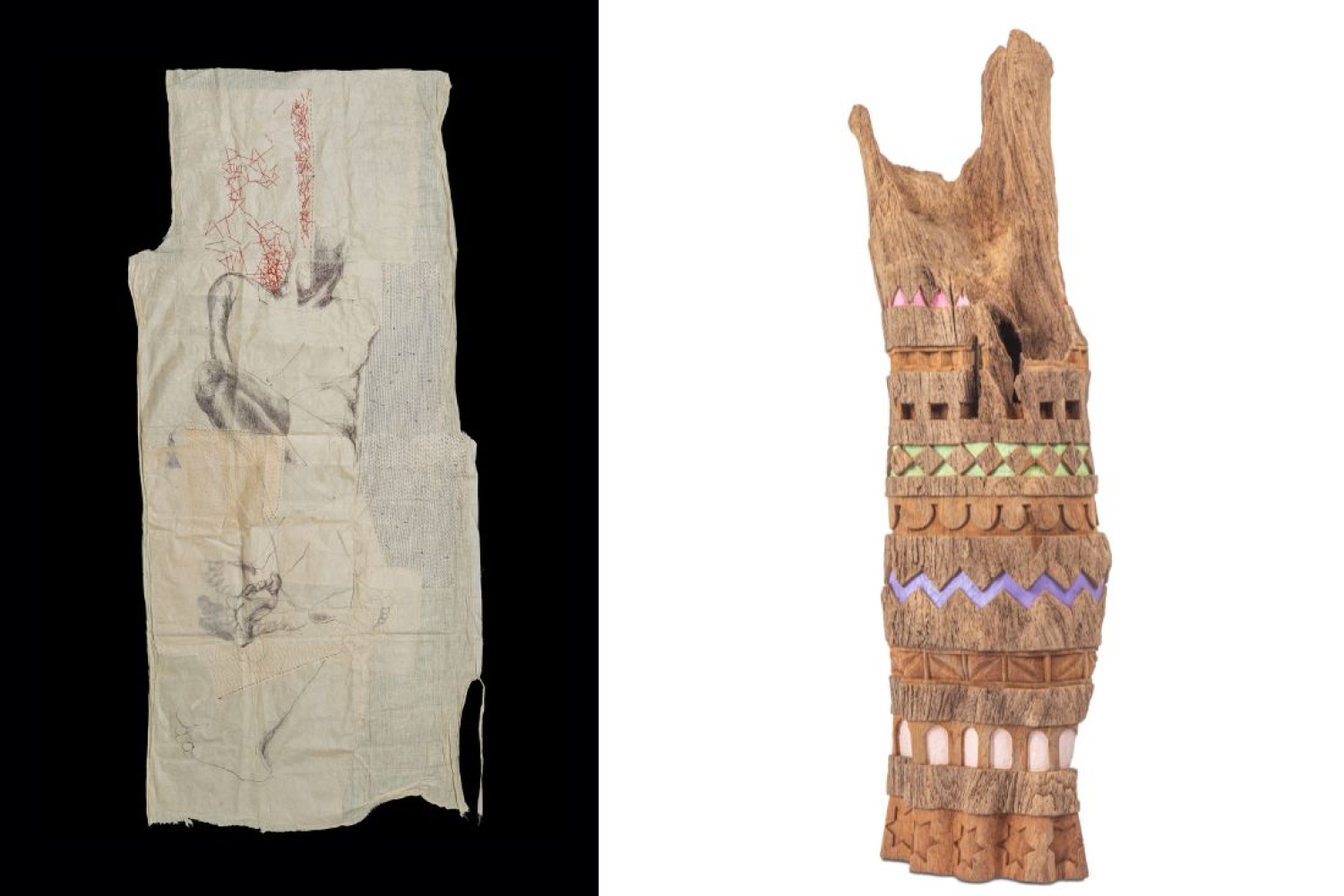
Tanaya Kundu (left) | Bhuvanesh Gowda (right)

Tanaya Kundu (left) | Bhuvanesh Gowda (right)
Speaking with Pooja Sood, Director and Co-Founder of Khoj, feels like taking a masterclass on achieving success in the contemporary art world. She has developed a proven approach to creating a welcoming space for young and emerging artists. Though she has faced challenges, the completion of nearly three decades of Khoj and twenty years of the Peers Residency under it does say a lot about her robust approach.
Over the years, the Peers Residency has become a launching pad for a diverse array of artists, expanding the scope of the arts in the region. As they celebrate two decades of the residency, Team Khoj has invited their alumni to participate in an exhibition-fundraiser to help strengthen and grow the program for the next twenty years. Over a Zoom call, Pooja reflected on her journey so far and shared her vision for the future.
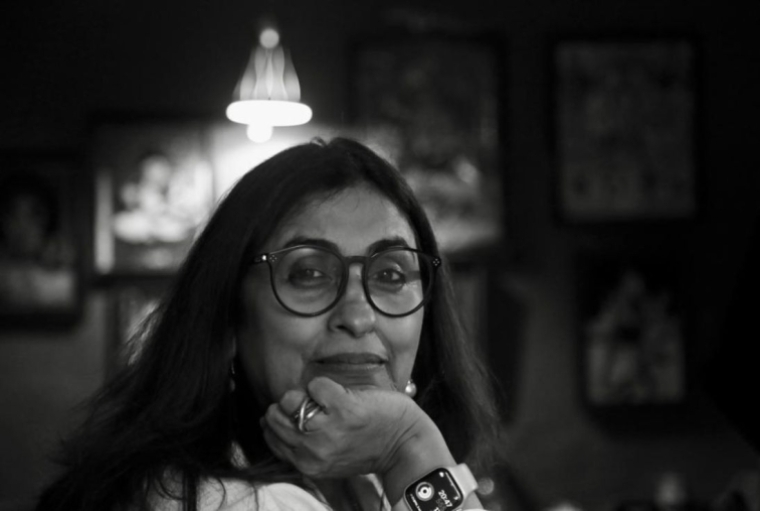
Pooja Sood
Congratulations on completing twenty years of the Peers Residency. A place where you nurtured young artists and emerging practices, where do you see Peers and Khoj go from here?
I sincerely hope the Peers programme will continue, as I believe that there will always be a need to support young artists, especially those coming straight out of college, regardless of their training. A key aspect of this support is providing residencies that foster connections with Peers from various parts of India and facilitating mentorship beyond what they receive in school. While many galleries now pick up artists right out of college, which often creates pressure on artists to make their work more commercially viable, Khoj offers a space for experimentation and the freedom to fail!
At Khoj, we organize studio visits with established artists, which is a meaningful experience for recent graduates who may not typically have access to senior artists. This interaction helps them build a sense of belonging in the larger art world. While the growing number of resi- dencies and opportunities for young artists is encouraging, Khoj has a way of selecting artists and connecting them with diverse networks which creates a supportive environment, allowing for meaningful intergenerational conversations to occur.
I see your point about galleries guiding artists in a different direction, but Peers offers a creative playground for experimentation, despite its own challenges.
Yes, Khoj faces its own challenges and we have had to step back and tweak our residencies, based on the feedback of our Peers residents and our team. For example: while having mentors and curators supporting artists is valuable, sometimes, a mentor or curator may push the artists in an inappropriate manner. We believe that it is essential for artists to develop their own language — and a mentor, whilst being critical, needs to gently assist in doing that as young artists can be very vulnerable at this stage of theircareers.
Money is another constant challenge. Many other residencies have better in-house facilities and funding, impacting what artists can achieve. Khoj, on the other hand, lacks in-house facilities and has limited funding. But its location in Khirkee village and its vast networks makes it unique. Some artists tend to view Khoj as a rite of passage, and therefore, we are mindful of artists moving from one residency to another, regardless of the benefits to their practice. We prefer applicants who genuinely need the resources to grow their practice; in particular, artists from less privileged areas, as the larger metros like Delhi, Mumbai, Bangalore and Baroda have more infrastructure and allow for greater exposure. Khoj ensures that the Peers residents have a chance to explore galleries and museums, gradually expanding their horizon from the hyper local in Khirkee to the international.
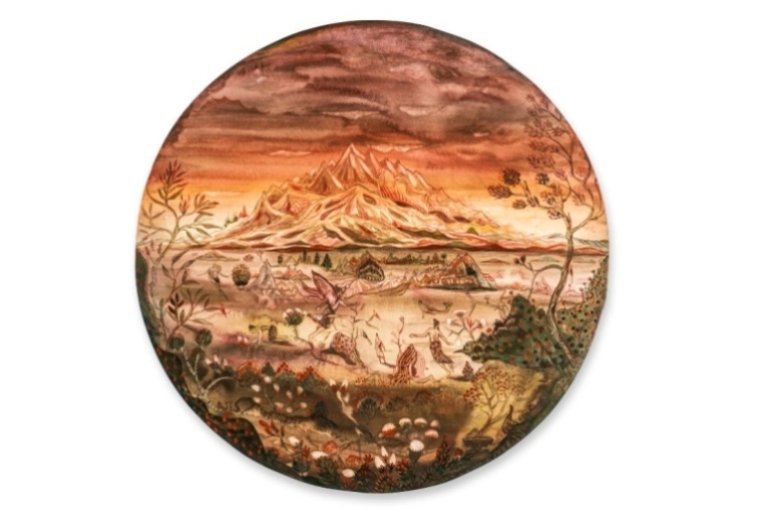
Om Soorya
With Khoj you have always maintained a clear objective. How would you rate your performance with these objectives? Have your goals evolved over the years?
Our core objectives over the years have remain unchanged: Khoj exists to support emerging artists and emerging practices. While we support young artists, we also work with mid-career artists who are experimenting with newer art practices such as gaming or new technologies. We are committed to building networks with and for artists and use all our resources to support them.
Over the last 28 years, I think we have stayed true to our course. As Khoj has grown, we have, no doubt, enlarged the scope of our work. Our projects — be it residencies, exhibitions, seminars or publications — have contributed to the artistic discourse in India and South Asia. However, the key focus has been about keeping the artist centre stage. Our pedagogic programs on curatorial and arts management have also been planned and taught with a view to supporting artists in the arts ecosystem. However, I must confess that it is getting increasing difficult to sustain Khoj. Philanthropy for art and culture in India is at a nascent stage compared to philanthropy in public health, gender and religion; and for a thriving arts scene, we urgently need a supportive ecosystem that includes the public sector, alongside private contributors and an equally robust not-for-profit sector.
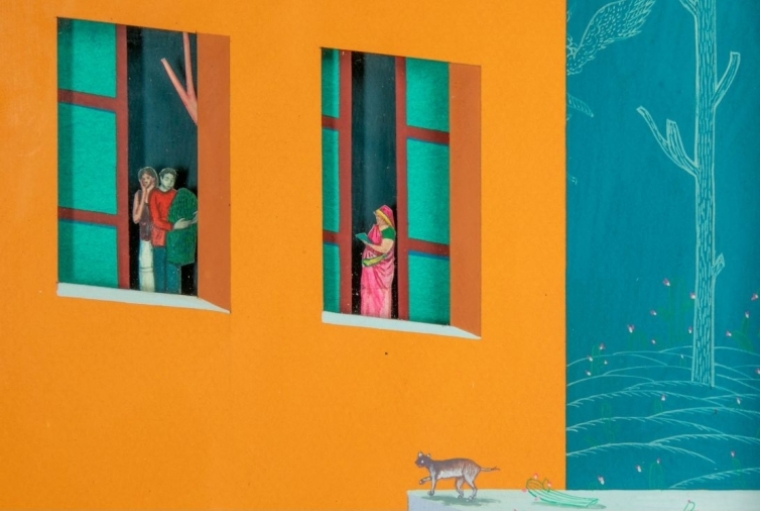
Digbijayee Khatua
What does it mean to be a successful contemporary artist in South Asia in the rapidly-changing social circumstances?
There are different notions of what it means to be a successful artist: one could be commercially successful, or internationally famous by being seen widely in all the large international biennales and museums. But it could also be about making meaningful work that speaks to a large audience, or, as is the practice of some artists today, what speaks to a community within which an artist works. What matters most is what the artist has to say — irrespective of medium — be it painting or video or AI!
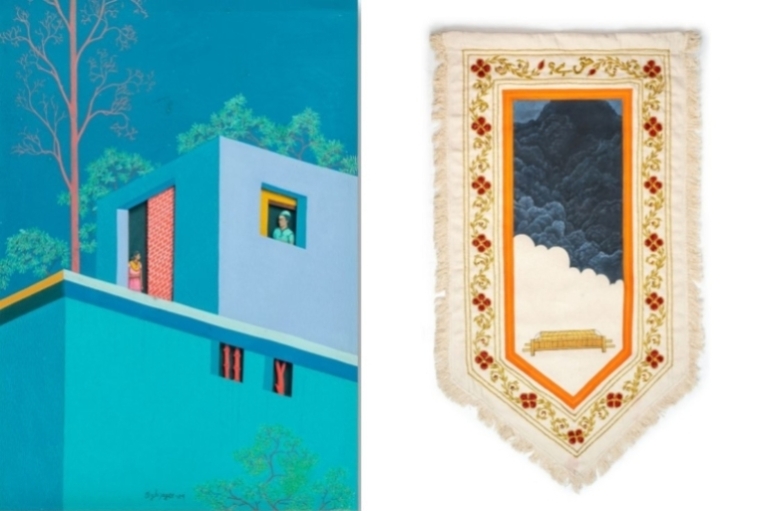
Digbijayee Khatua (left) | Mohd. Intiyaz (right)
Can you talk about how cultural inclusivity is a cornerstone of your organization?
The liberal arts, of which art is a part, is fundamentally about providing new insights about our lived reality; it fires the imagination and fosters inclusion by understanding and respecting difference. Thus at Khoj, we prioritize respect for all individuals, regardless of class, gender, or identity, and focus on the quality of the work and the need for support. We also wish to remain relevant to our times and work with artists on issues that are challenging our societies today. As we move forward, our focus will also be on institution-strengthening initiatives, and creating a succession plan, to ensure that our values and practices continue to support future generations of artists.
Words Hansika Lohani
Date 11.02.2025
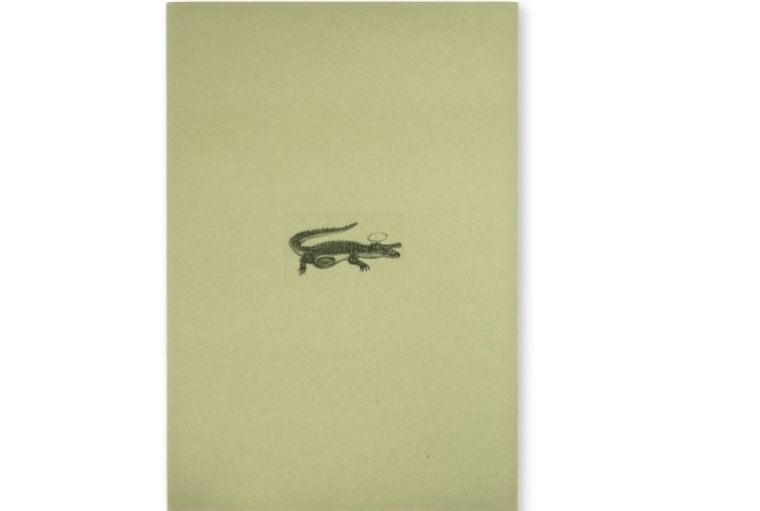
Anju Acharya